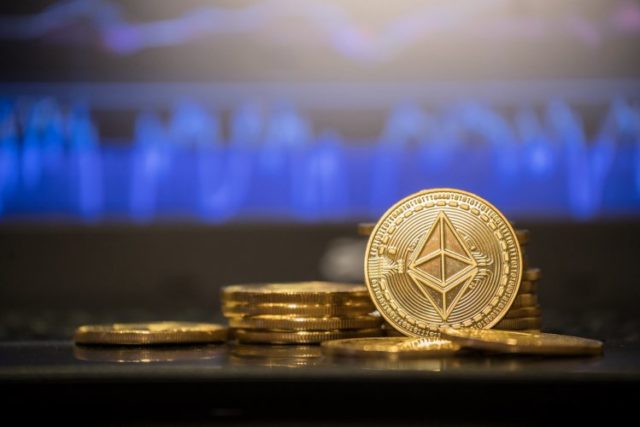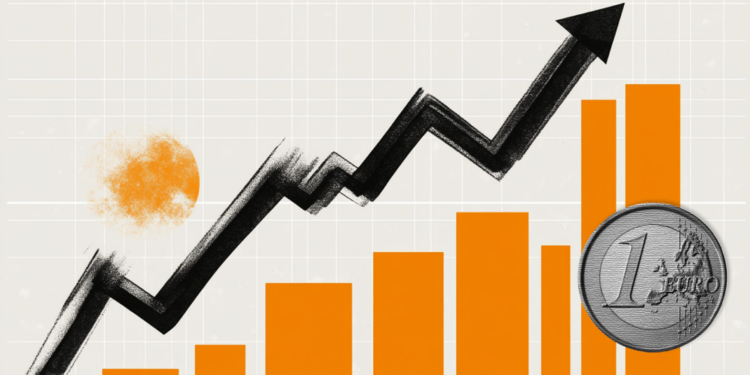- The Mexican Peso ended November with gains of more than 3.60% and began December on a positive note.
- The interest rate differential between Mexico and the US favors the peso, as Fed officials have shifted to a dovish stance.
- Fed Chairman Powell acknowledges a decline in inflation but stresses the need for more evidence to reach the 2% target.
He Mexican peso (MXN) comes back against the US dollar (USD) entering the last month of the year, although the Dollar posts solid gains against a basket of six currencies, namely the US Dollar Index (DXY). USD/MXN slides below the confluence of technical support-turned-resistance levels and trades below 17.20, down more than 1% on the day.
The Mexican currency had a positive month in November, with gains of 3.65%, a solid recovery compared to October’s 3.60% losses. The main driver of price evolution continues to be the interest rate differential between both countries, with a 600 basis point differential in favor of the Mexican peso. Furthermore, market participants appear confident that the US Federal Reserve (Fed) will end its tightening cycle, after formerly “hawkish” members made dovish comments. Meanwhile, the publication of the Fed’s preferred inflation indicator, the core personal consumption price index (PCE), showed the continuation of the disinflationary process in the United States.
On the Mexican front, the Bank of Mexico (Banxico) revised its economic projections for 2023 and 2024, stating that inflation would reach its 3% target in 2025. The governor, Victoria Rodríguez Ceja, said that talks to relax monetary policy they could begin in the first quarter of 2024. Deputy Governor Jonathan Heath stressed that banks would rely on data and implement gradual rate cuts. Later in the calendar, S&P Global would release the manufacturing PMI.
Meanwhile, Federal Reserve Chairman Jerome Powell acknowledged a decline in inflation but noted that core inflation remains elevated. He further stated that he needs more evidence of progress towards achieving the 2% inflation target. Powell mentioned that interest rates are acting restrictive, but cautioned against prematurely declaring that monetary policy has become sufficiently restrictive. He stressed that decisions would be made meeting by meeting.
Daily movements: The Mexican peso on the offensive despite the moderate comments from Banxico, waiting for the president of the Fed, Powell.
- Banxico revises economic growth upwards from 3% to 3.3% for 2023 and projects that the economy would go from 2.1% to 3% in 2024.
- Regarding inflation prospects, the Mexican central bank forecasts general inflation of 4.4% in the fourth quarter of 2023 (5.3% for core), while at the end of 2024 it is estimated at 3.4% (3.3% for core). underlying). The central bank expects that general and underlying inflation will not reach the 3% objective imposed by the institution until 2025.
- The US core personal consumption price index (PCE), the Fed’s gauge of inflation, rose 3.5% year-on-year in October, as expected, down from 3.7% the previous month.
- General inflation measured by the PCE price index slowed from 3.4% to 3.0% in the last twelve months, as analysts expected.
- Interest rate traders expect 115 basis point rate cuts by the US Federal Reserve in 2024.
- On November 27, Banxico Deputy Governor Jonathan Heath commented that underlying prices need to fall further, adding that one or two rate cuts could come next year, but “very gradually” and “very cautiously.”
- On November 24, a report revealed that Mexico’s economy grew as expected in the third quarter on an annual and quarterly basis, suggesting that the Bank of Mexico will likely maintain its hardline stance, although it opened the door to some easing .
- Mexico’s annual inflation increased from 4.31% to 4.32%, while core inflation continued to moderate, from 5.33% to 5.31%, according to data from November 23.
- A Citibanamex survey suggests that 25 of 32 economists expect Banxico’s first rate cut in the first half of 2024.
- The survey shows “a great dispersion” for interest rates next year, between 8.0% and 10.25%, Citibanamex revealed.
- The same survey revealed that economists forecast annual headline inflation of 4.00% and core inflation of 4.06%, both readings for next year, while the USD/MXN exchange rate is seen at 19.00, from 18.95, towards the end of 2024.
Technical Analysis: Mexican Peso rebounds as USD/MXN slides below 20- and 100-day SMAs; 17.00 at sight
USD/MXN resumed its downtrend after briefly surpassing the 20-day and 100-day SMA at 17.32 and 17.34, respectively, and hitting a two-week high below 17.50. However, buyers were unable to hold on to the gains, and the pair has returned below the 20-day and 100-day SMAs.
For a bearish continuation, the exotic pair needs to break below 17.25, a solid resistance level during the week that turned into support. Once broken, the next support would be 17.05, ahead of the psychological figure of 17.00. If the bulls reclaim the 20-day SMA, that could open the door for USD/MXN to reclaim the 100-day SMA at 17.34, before challenging 17.50.
Frequently Asked Questions about the Mexican Peso
What is MXN?
The Mexican Peso is the legal tender of Mexico. The MXN is the most traded currency in Latin America and the third most traded on the American continent. The Mexican Peso is the first currency in the world to use the $ sign, prior to the later use of the Dollar. The Mexican Peso or MXN is divided into 100 cents.
What is Banxico and how does it influence the MXN?
Banxico is the Bank of Mexico, the country’s central bank. Created in 1925, it provides the national currency, the MXN, and its priority objective is to preserve its value over time. In addition, the Bank of Mexico manages the country’s international reserves, acts as a lender of last resort to the banks and advises the government economically and financially. Banxico uses the tools and techniques of monetary policy to meet its objective.
How does inflation impact the MXN?
When inflation is high, the value of the Mexican Peso (MXN) tends to decrease. This implies an increase in the cost of living for Mexicans that affects their ability to invest and save. At a general level, inflation affects the Mexican economy because Mexico imports a significant amount of final consumption products, such as gas, fuel, food, clothing, etc., and a large amount of production inputs. On the other hand, the higher the inflation and debt, the less attractive the country is for investors.
How does the Dollar influence the Mexican Peso (MXN)?
The exchange rate between the USD and the MXN affects imports and exports between the United States and Mexico, and may affect demand and trade flows. The price of the Dollar against the Mexican Peso is affected by factors such as monetary policy, interest rates, the consumer price index, economic growth and some geopolitical decisions.
How does the Fed’s monetary policy affect Mexico?
The exchange rate between the USD and the MXN affects imports and exports between the United States and Mexico, and may affect demand and trade flows. The price of the Dollar against the Mexican Peso is affected by factors such as monetary policy, interest rates, the consumer price index, economic growth and some geopolitical decisions.
Source: Fx Street
I am Joshua Winder, a senior-level journalist and editor at World Stock Market. I specialize in covering news related to the stock market and economic trends. With more than 8 years of experience in this field, I have become an expert in financial reporting.







